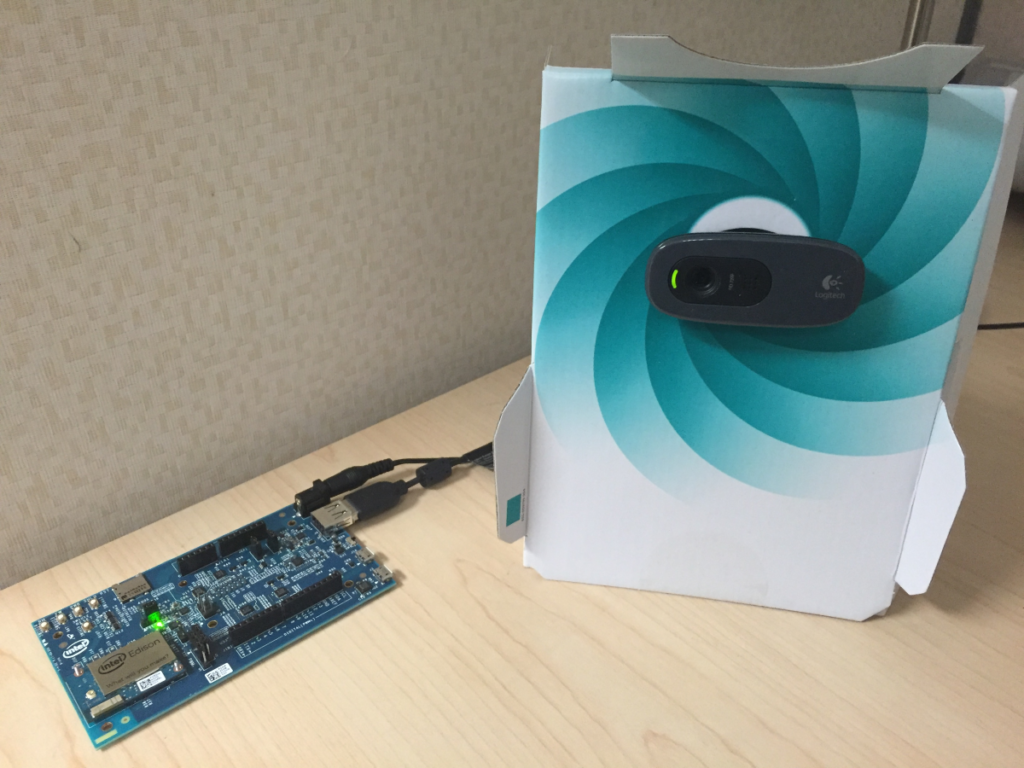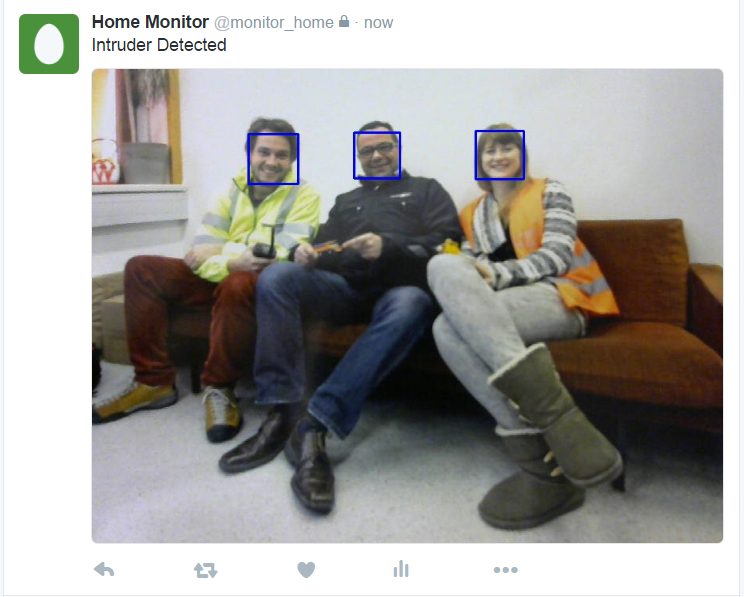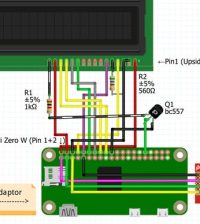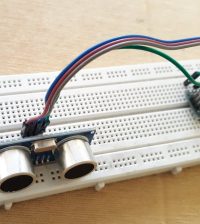- makeITcircular 2024 content launched – Part of Maker Faire Rome 2024Posted 2 weeks ago
- Application For Maker Faire Rome 2024: Deadline June 20thPosted 2 months ago
- Building a 3D Digital Clock with ArduinoPosted 7 months ago
- Creating a controller for Minecraft with realistic body movements using ArduinoPosted 7 months ago
- Snowflake with ArduinoPosted 8 months ago
- Holographic Christmas TreePosted 8 months ago
- Segstick: Build Your Own Self-Balancing Vehicle in Just 2 Days with ArduinoPosted 8 months ago
- ZSWatch: An Open-Source Smartwatch Project Based on the Zephyr Operating SystemPosted 9 months ago
- What is IoT and which devices to usePosted 9 months ago
- Maker Faire Rome Unveils Thrilling “Padel Smash Future” Pavilion for Sports EnthusiastsPosted 10 months ago
How to improve a security camera with Intel IoT Gateway

First of all you need a webcam UVC compliant as this Logitech* C270 Webcam with HD 720P resolution and 2.4 GHz Intel® Core™ 2 Duo processor. The webcam plugs into the USB port of Intel® Edison development board which turns it into an IP webcam streaming video to a website. Using the webcam with the Intel® Edison development board allows for the camera ‘sensor’ to be easily propagated to different locations around a home. The Intel® IoT Gateway captures images from the stream and uses OpenCV to analyze them. If the algorithms detect that there is a face or a person in view, it uploads the image to Twitter*.
The Intel® Edison development board continuously stream a feed that the Gateway could capture from at any time. This was accomplished using the mjpeg-streamer library.

The brains of the whole security camera is on the Gateway. OpenCV was installed into a virtual Python* environment to create a clean and segmented environment for OpenCV and not interfere with the Gateway’s Python version and packages.
To quickly create a program and connect a large number of capabilities and services together as with this project, Node-RED* was used. Node-RED* is a quick prototyping tool that allows the user to visually wire together hardware devices, APIs, and various services. It also comes pre-installed on the Gateway. Make sure to update to the latest version.

The “http request” node sends a GET message to the IP webcam’s snapshot URL. If it is successful, the flow saves the image. Otherwise, it tweets an error message about the webcam.
Click here for code and blueprints.















